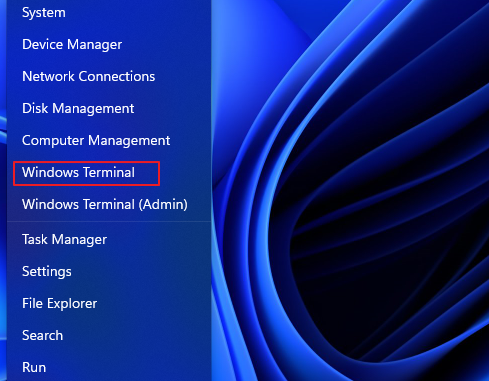

#Find wireless mac address for rasbery pi 3 upgrade#
In the screen shot below you can see that on my upgrade Pi (Stretch to Buster) both the dhcpcd and the wicd daemons are running. To find out what daemons you have running use the command: service -status-all

Over the years they have moved from the original daemon which used the /etc/networking/interface file to the now more common dhcpd.īut there are other like the wicd which is apparently a wrapper over dhcpd and I found running on my PI that I had upgraded from Stretch to Buster. It seems that there are many different networking daemons that you can use on Linux and PI. Well all my searching wasn’t in vain, as I stumbled across this article by Scargill which related his tribulations with configuring networking and included a very useful bit of history.

What a Happened to the /etc/networking/interface file You will also notice the IPv6 addresses which I disabled! I’ll work that out another day. You will notice the Wi-fi has the correct address the Ethernet port doesn’t has I haven’t got a cable plugged into the port but the card is present as you see a MAC address. If I do an ifconfig then this is what I see. If I look at my /etc/nf file and right at the bottom I see these entries which correspond to my GUI entries. Well after spending hours searching online I’d finally found the answer. If you look for the static IP address you’ve just configured in the GUI and which works then it is nowhere to be found. If you go to these files they are either mainly empty or mainly commented out. So the settings you change in the GUI are stored in one of those files is the logical conclusion that I came to. If you do some Goggling on configuring static IP addresses etc then you will come across many tutorials that take you through either editing the /etc/networking/interface file or /etc/dhcp/nf file. I have also disabled ipv6 on these interfaces. I’ve also enable the checkbox Automatically configure empty options and because of this the default Gateway (router) and the DNS server addresses will come from the DHCP server.

In the screen shot below I have configured the Wireless Interface to use a static IP address of 192.168.1.42 and the Ethernet Interface to have an IP address of 192.168.1.41 To make changes you first need to select the Interface using the drop down box. However for most of us using a GUI is easier and PI provide one in the top right task bar. They are:īeing Linux then there are several commands and configuration files that need to be used/edited. I will work on rewriting this tutorial myself with due credit to the author.There are a number of common requirements that require configuration. As a fact, I'm writing this on my RPi3b+ and I have the same error but I'm still connected to the internet. For all of the people saying that they are losing internet connection because `DHCP connection has been lost` are not realizing that you still have internet access. This tutorial is not wrong and it should work. But I suggest that anybody who comes by and finds that the internet is not working to reinstall the os and try again from scratch. Some devices such as samsungs try to prevent insecure connection. This would mostly be due to older phones or phones with greater security. Other people are having trouble with just getting this to connect or even showing up as a connectable device on there phones. Alot of people hear do not realize that the eth0 is being bridge to wlan0 so that it can be broadcast with hostapd. It would appear that this tutorial is due for a rewrite.


 0 kommentar(er)
0 kommentar(er)
